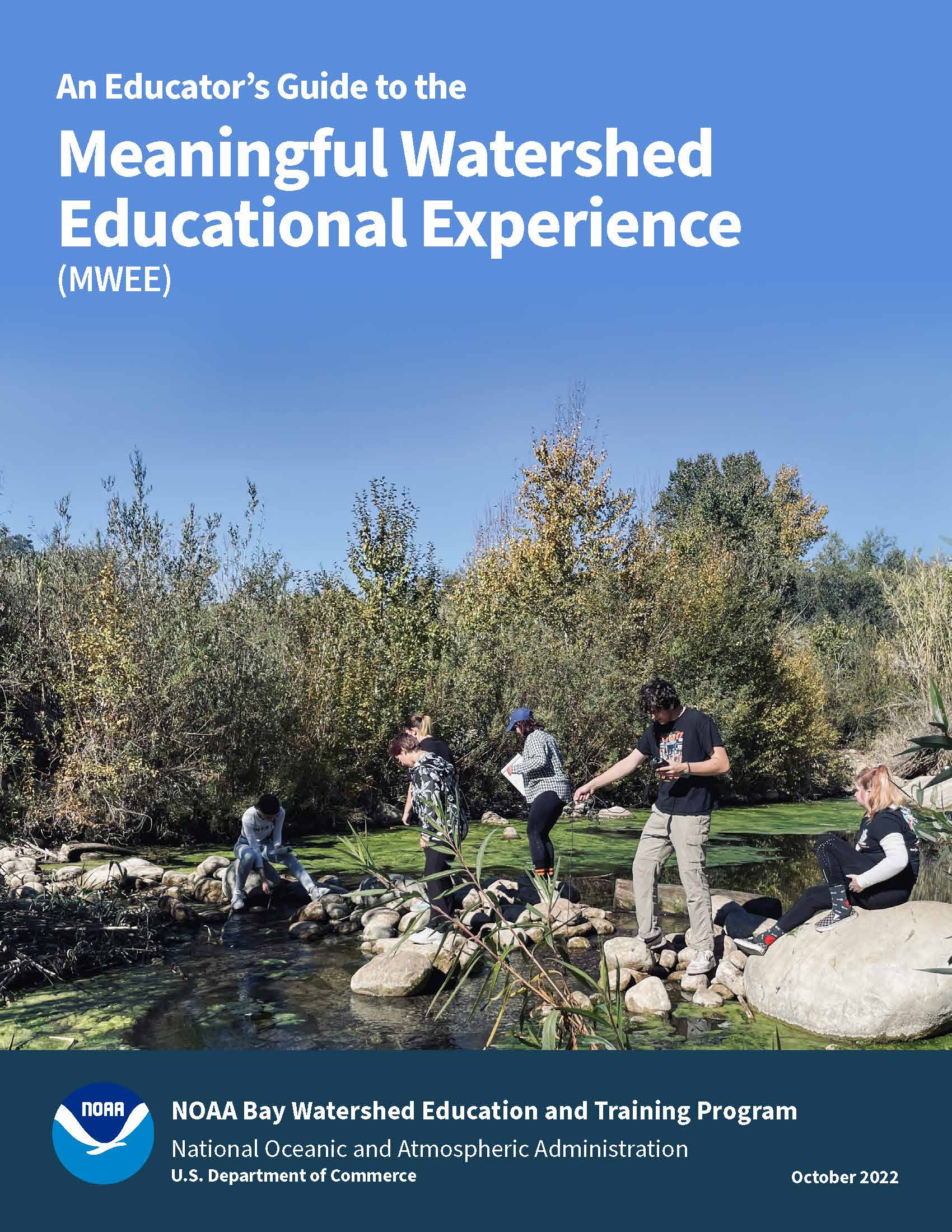MWEE 101 is the first course in an online series. This version of the course should only be used by Maryland Educators needing to earn 1 CPD credit to renew their professional Maryland Educator License. Everyone else should take the eeLEARN MWEE 101 on NAAEE's site.
MWEE 101 introduces the Meaningful Watershed Educational Experience framework while following along with example MWEEs for each grade band - elementary, middle, and high school. Participants in this course will learn how a MWEE can support educational standards and goals and the roles taken by students and educators to make the program successful.
At the end of the course, participants will practice using the Audit Tool to review example MWEEs and the Think Cloud tool to outline their own MWEE program. Planning tools can be found in the MWEE Guide.

MWEE 201 is second in an online series and builds off the information from MWEE 101. This course provides more in depth instruction on how to plan your own MWEE or refine an existing MWEE. Emphasis is placed on planning and conducting outdoor investigations, student-led action, and incorporating student voice.
By the end of the course, participants will complete an Environmental Literacy Model (ELM) from the MWEE Planning Toolbox to describe their MWEE, connect it to standards and curriculum, and plan out the procedures used to guide student-directed investigations and action projects.
